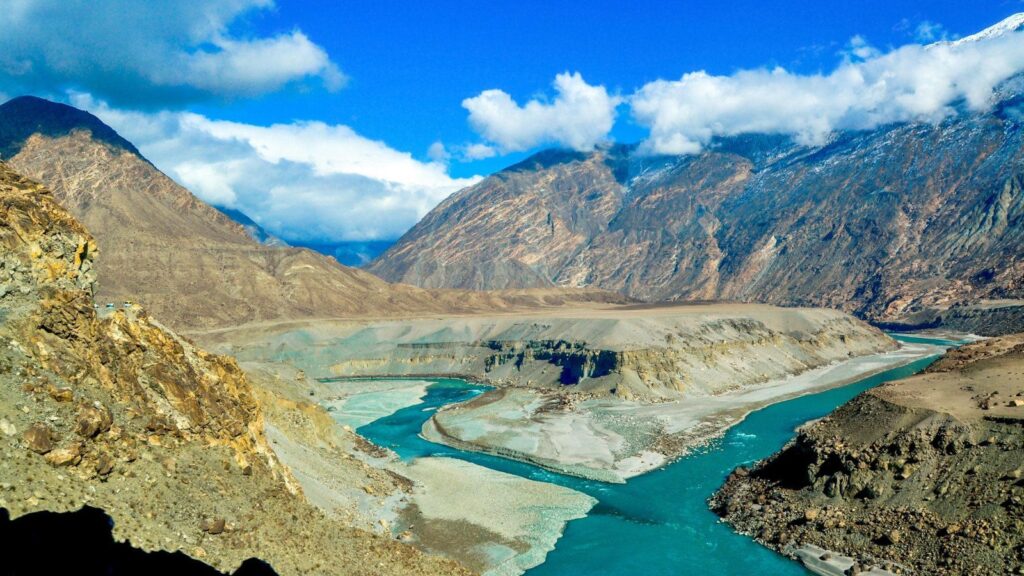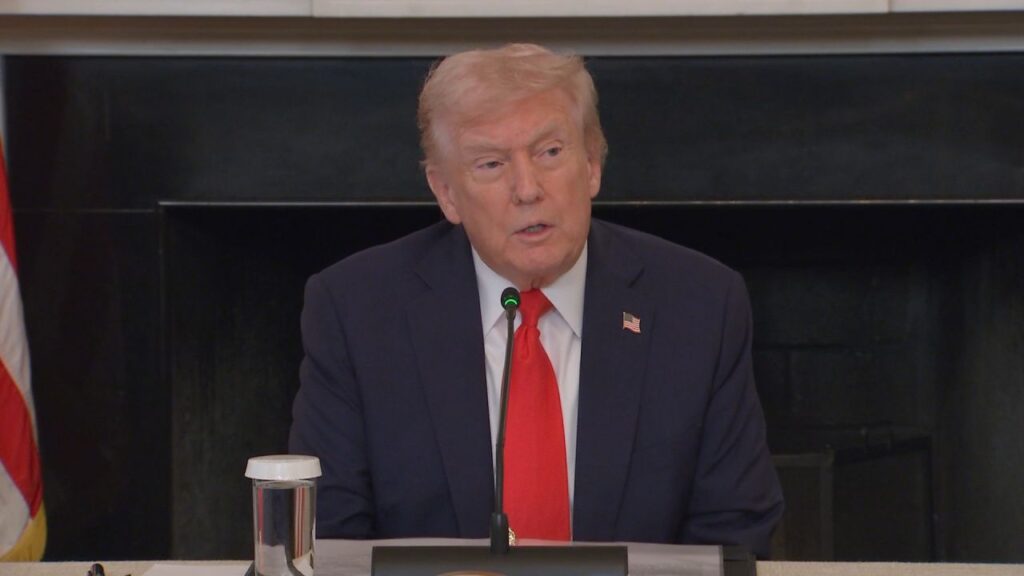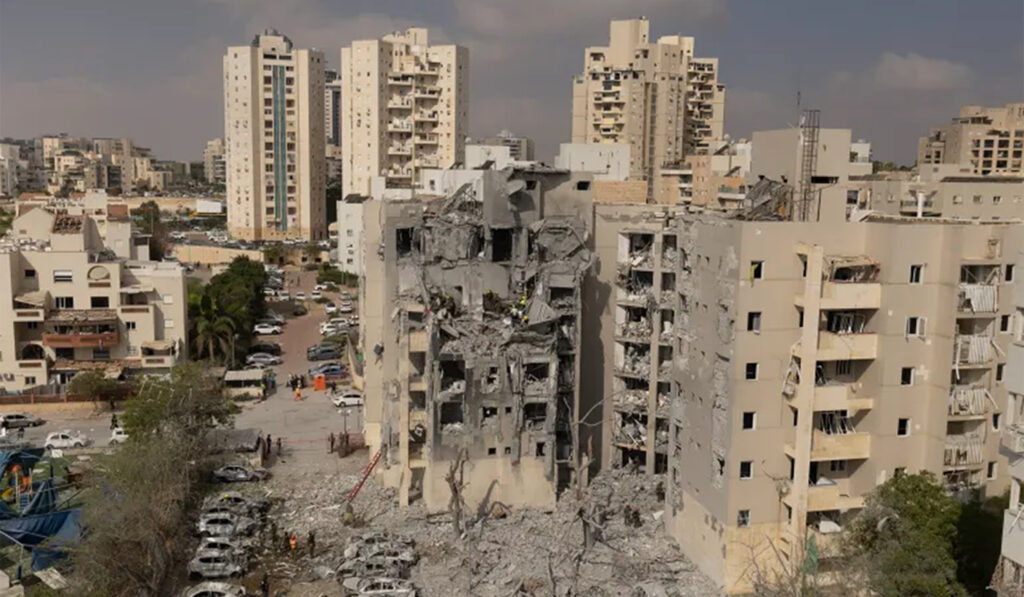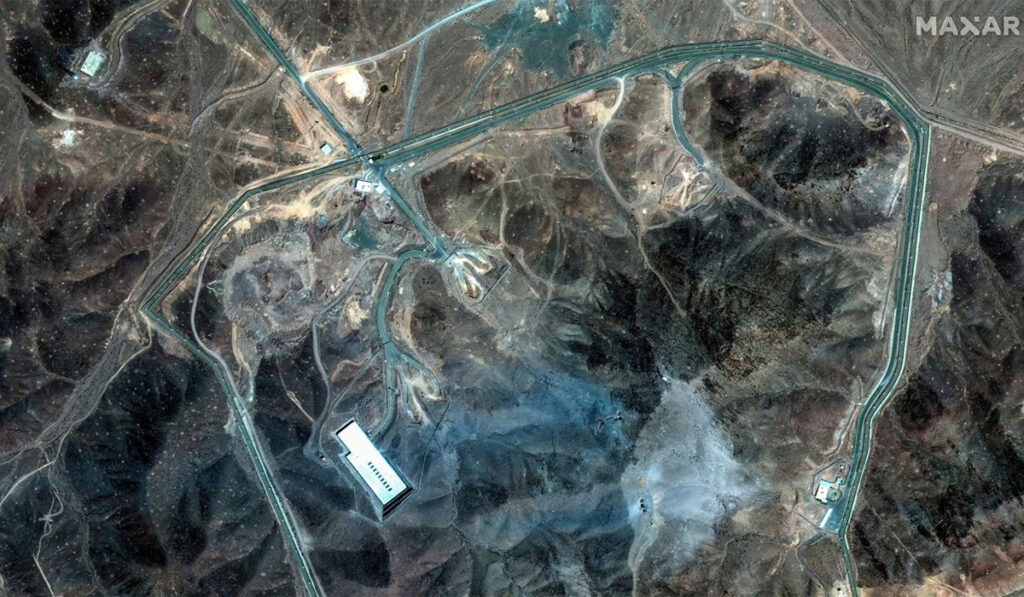
The 2025 India–Pakistan standoff is an ongoing military and diplomatic confrontation between the Republic of India and the Islamic Republic of Pakistan. The crisis began on 23 April 2025, following a terrorist attack in Baisaran Valley, near Pahalgam in Indian-administered Jammu and Kashmir, which resulted in the deaths of 27 people and triggered a series of escalating retaliatory actions by both countries.
India and Pakistan have a long history of conflict, especially over the Kashmir region. Both nations are nuclear-armed and have fought three wars since their independence in 1947, with repeated skirmishes and diplomatic tensions in recent years.
Pahalgam Attack
On 23 April 2025, a group of unidentified militants attacked a group of tourists in Baisaran Valley, a popular destination near Pahalgam. Over 26 people were killed, including 25 Hindu tourists, one Christian tourist, and one local Muslim resident. Over 20 others were injured.
The Resistance Front (TRF), a Kashmiri separatist militant organization believed to have links to Lashkar-e-Taiba, claimed responsibility for the attack. Indian intelligence agencies accused Pakistan of harboring and supporting the group, a charge denied by Islamabad.
Military Skirmishes
Following the attack, armed skirmishes began along the Line of Control (LoC) on 24 April 2025. Both sides exchanged heavy artillery fire, resulting in civilian and military casualties. The Indian government placed its armed forces on high alert, and Pakistan responded with similar troop movements near the border. Satellite images showed deployment of tanks and increased troop concentration near key conflict zones.
Earlier this week, tensions flared once again along the India–Pakistan border. In a dramatic escalation, Pakistani military officials reported Thursday that they had shot down five Indian fighter jets and intercepted several drones after India launched cross-border strikes. The exchange marked a sharp intensification in the ongoing conflict between the two nuclear-armed rivals, triggering fears of broader military confrontation and drawing global attention to the volatile situation in the region.
Diplomatic Fallout
India initiated a major diplomatic response:
- Expulsion of Pakistani diplomats
- Recall of Indian diplomats from Islamabad
- Suspension of visa services
- Closure of land borders
- Cancellation of cross-border bus and train services
- Formal withdrawal from the Indus Waters Treaty, a 1960 agreement mediated by the World Bank
Pakistan, in turn:
- Closed airspace to Indian aircraft
- Suspended the Shimla Agreement
- Imposed trade restrictions
- Increased troop presence in Pakistan-administered Kashmir
- Lodged a formal complaint with the United Nations
India’s Cabinet Committee on Security (CCS) issued a travel advisory on 26 April, urging Indian citizens to avoid Pakistan and calling back nationals currently residing there.
Indus Waters Conflict
On 23 April, India announced its withdrawal from the Indus Waters Treaty, a rare move in its 65-year history. Following this, media in Muzaffarabad, Pakistan, reported sudden and unannounced releases of water from the Uri Dam into the Jhelum River, causing flooding in low-lying areas on 26 and 27 April.
Satellite imagery showed drying of the Chenab River in Sialkot, leading to speculation that India had shut the Baglihar Dam gates. Indian media confirmed plans to close the Kishanganga Dam on the Neelum River as well.
International Reactions
- United Nations Secretary-General António Guterres called for “immediate de-escalation” and offered mediation.
- The United States, United Kingdom, European Union, and Gulf Cooperation Council (GCC) nations expressed concern, urging both sides to engage in bilateral dialogue.
- China stated it was “closely monitoring” the situation, citing its interests in the China–Pakistan Economic Corridor (CPEC).
Current Status
As of 9 May 2025, the situation remains volatile. Skirmishes along the LoC continue, with reports of cyberattacks, drone incursions, and localized clashes. There are growing humanitarian concerns in border villages affected by displacement and water shortages.

Bella Richardson is a dedicated journalist and news analyst known for her clear, thoughtful reporting and her ability to make complex stories accessible to a broad audience. With a Master of Science in Mass Communication, she brings both academic insight and real-world experience to her coverage of breaking news and trending topics throughout the United States.






